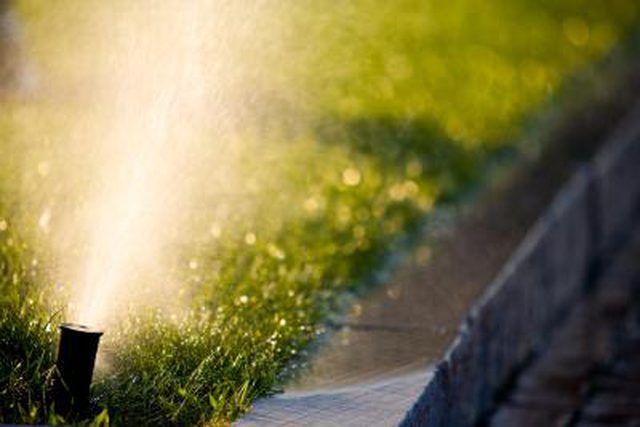Bulbs
Flower Basics
Flower Beds & Specialty Gardens
Flower Garden
Garden Furniture
Garden Gnomes
Garden Seeds
Garden Sheds
Garden Statues
Garden Tools & Supplies
Gardening Basics
Green & Organic
Groundcovers & Vines
Growing Annuals
Growing Basil
Growing Beans
Growing Berries
Growing Blueberries
Growing Cactus
Growing Corn
Growing Cotton
Growing Edibles
Growing Flowers
Growing Garlic
Growing Grapes
Growing Grass
Growing Herbs
Growing Jasmine
Growing Mint
Growing Mushrooms
Orchids
Growing Peanuts
Growing Perennials
Growing Plants
Growing Rosemary
Growing Roses
Growing Strawberries
Growing Sunflowers
Growing Thyme
Growing Tomatoes
Growing Tulips
Growing Vegetables
Herb Basics
Herb Garden
Indoor Growing
Landscaping Basics
Landscaping Patios
Landscaping Plants
Landscaping Shrubs
Landscaping Trees
Landscaping Walks & Pathways
Lawn Basics
Lawn Maintenance
Lawn Mowers
Lawn Ornaments
Lawn Planting
Lawn Tools
Outdoor Growing
Overall Landscape Planning
Pests, Weeds & Problems
Plant Basics
Rock Garden
Rose Garden
Shrubs
Soil
Specialty Gardens
Trees
Vegetable Garden
Yard Maintenance
Do It Yourself Sprinkler Winterization
Do It Yourself Sprinkler Winterization. The approach of winter in cold climates occasions a variety of seasonal tasks around the house. Winterizing the underground sprinkler system out in the yard is one of them. It's not a glamorous chore, but everyone will be glad you got it done when the weather warms up next year. Residual water trapped in a...

The approach of winter in cold climates occasions a variety of seasonal tasks around the house. Winterizing the underground sprinkler system out in the yard is one of them. It's not a glamorous chore, but everyone will be glad you got it done when the weather warms up next year. Residual water trapped in a sprinkler system will freeze and expand during the winter, shattering the underground PVC plastic pipes. When the system is turned on in the spring, you'll have gushers, not sprinklers. It's next to impossible to remove all water from sprinkler system components simply by opening drains. Air pressure must be utilized to blow the system completely free of water.
Things You'll Need
Air compressor
Shut off the water supply to the sprinkler system at the main water valve.
Set the sprinkler controller to the "Rain" setting to close all sprinkler zone valves or unplug the controller.
Open all manual drain valves. They are usually located at the end of sprinkler lines or at the lowest points in the system.
Open the drain valve on the backflow preventer. Allow all the water to drain out of the backflow preventer and the line between the backflow preventer and the water shut-off valve.
Wait until as much water as possible has drained out of the system. Close the manual drain valves and the backflow preventer drain valve.
Rent an air compressor intended for purging sprinkler systems. Do not attempt to use home air compressors, leaf blowers or other makeshift methods. These may provide insufficient volume to expel all water or over-pressurize the system and damage components. Ideal air compressor psi ratings should range between 40 and 80 psi with a maximum of 50 psi for polyethylene pipe and 80 psi for PVC. The ideal air compressor volume, expressed as cubic feet per minute (CFM), can be determined by dividing the sprinkler system's gallon per minute (GPM) flow rate by 7.15. Therefore, for a system with a flow rate of 20 GPM, the optimum air compressor volume is 2.66 CFM.
Attach the air compressor to a quick connector, hose coupler or other fitting at the backflow preventer.
Select the sprinkler zone at the highest point in the system at the sprinkler controller and open the sprinkler valves. Start the compressor and slowly open the valve on the compressor to gradually inject air into the system. Verify that all the sprinkler heads pop up in response to the air pressure and continue to blow air into the system for approximately two minutes until you see no more water or mist being expelled through the heads.
Close the valve on the air compressor. Close the sprinkler valves in that zone at the controller.
Work your way through all the zones in the system. Open each zone at the controller and introduce compressed air until all sprinkler heads in that zone blow dry air, then close the zone valve and move on to the next zone.
Disconnect the air compressor from the fitting at the backflow preventer.